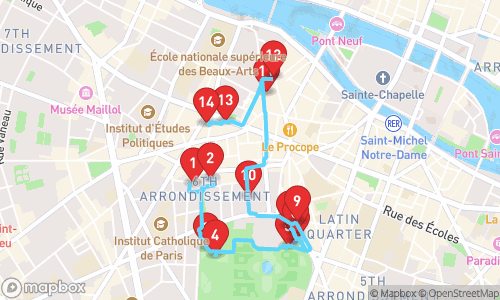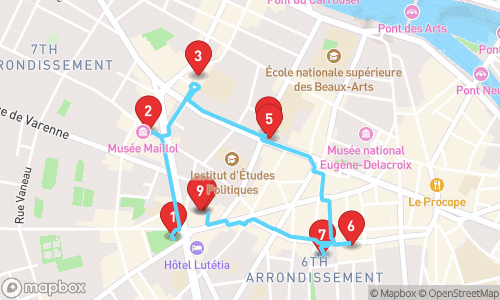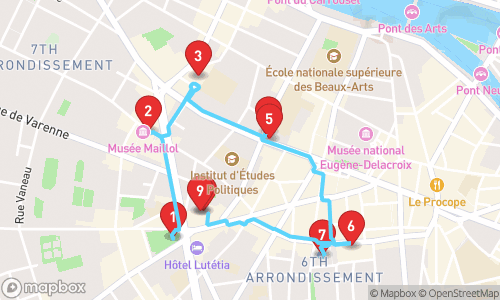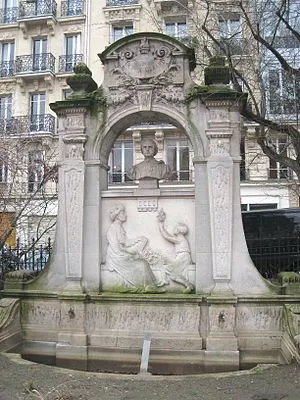
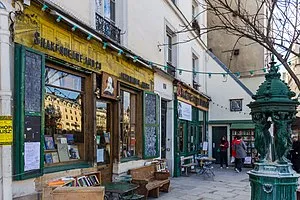
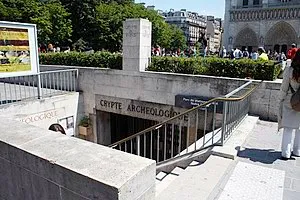

Het Verlichte Pad: Een Culturele Wandeling door Historisch Parijs
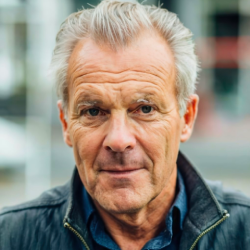
Tour Guide
Hans De Hengel
Welcome to Paris! On this GPS guided audio tour, we will visit 18 stops on a route of 3.57km. This tour focusses mainly on arts & Culture.
Locatello is an app where you can generate personal audio guided tours. Set your preferred distance, guide, language and theme, and a guided tour is created on the spot.
Walking Time
Distance
stops
Language
Tour Stops

monument to Octave Gréard
A sculpture dedicated to Octave Gréard, featuring a bust of the individual beneath an arched recess, accompanied by a bas-relief depicting a young girl and a child, all crafted by Jules-Clément Chaplain.
Audio Preview
30 sec
Shakespeare and Company
A writing residency that is a socialist utopia masquerading as a bookstore, offering beds to aspiring writers who assist with bookshop duties, read a book a day, and write a one-page autobiography for the shop's archives.

Archeological crypt of the île de la Cité
Archeological crypt of the île de la Cité: A crypt museum showcasing archaeological remains from Antiquity to the 19th century, featuring a tronçon of the Gallo-Roman port quai, a public baths system, and parts of Paris' medieval and 18th-century buildings.

Wallace fountains on place Louis-Lépine
Two fountains on place Louis-Lépine made of cast iron and standing 2.71 meters tall, signed "CH. LEBOURG SC" and dated 1872.
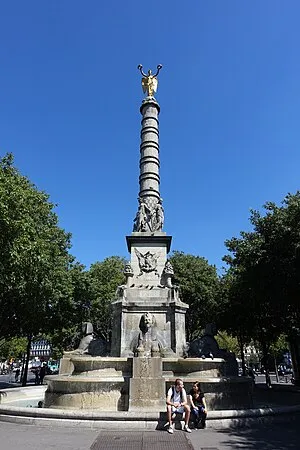
fontaine du Palmier
A monumental fountain, the Fontaine du Palmier, commemorates Napoleon's victories and provides drinking water to the neighborhood. The largest fountain built during Napoleon's reign still in existence, it features a column with sculpted palm leaves and statues of Victory, Vigilance, Justice, Strength, and Prudence.
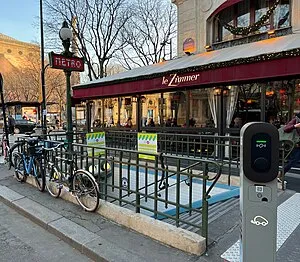
Entrance to Châtelet metro station, théâtre du Châtelet
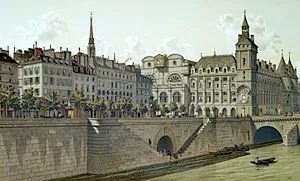
Théâtre de la Cité-Variétés
A historic theatre built in 1792, Théâtre de la Cité-Variétés was once a popular entertainment venue hosting various performances, including comedies, operas, and ballets, before its closure in 1807.
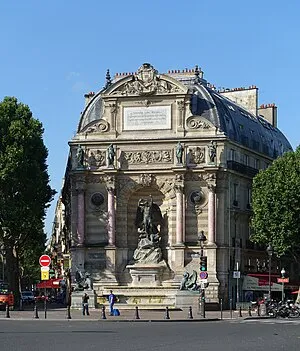
fontaine Saint-Michel
A monumental fountain constructed in 1858–1860, featuring a statue of the Archangel Michael wrestling with the devil, and decorated with geometric motifs and a bas-relief of scrolls and children.
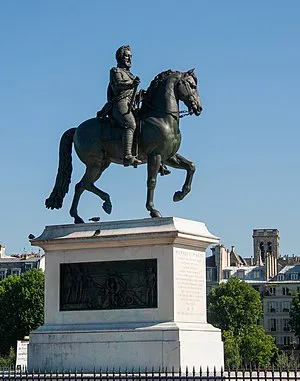
Equestrian statue of Henry IV
A monumental bronze equestrian statue of Henry IV, completed by Pietro Tacca, depicting the king riding a horse on a central raised pedestal surrounded by four bronze slaves.
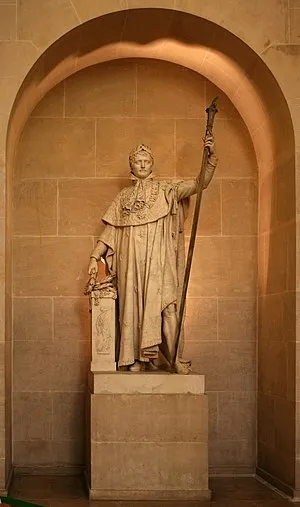
Emperor Napoleon
A statue of Emperor Napoleon, created by Philippe-Laurent Roland in 1807, depicts Napoleon Ier in formal attire, holding a sceptre and crowns of laurel, situated in a niche of the Collège des Four-Nations chapel.
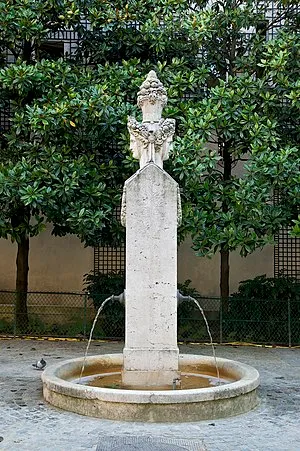
Fontaine du Marché-aux-Carmes
A neoclassical sculptural fountain, created by Alexandre-Évariste Fragonard in 1830, featuring a vase-like structure with two water jets and a pinnacle topped with a two-faced head representing Abundance and Commerce.
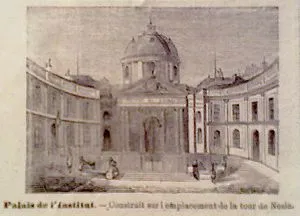
fontaine de l'Institut
A former Parisian fountain, built in 1811 on the place in front of the Institute of France, was dismantled in 1865. It was designed by Antoine Vaudoyer with four bronzed lionines, replicas of Egyptian temple decorations, but was eventually removed due to noise complaints.
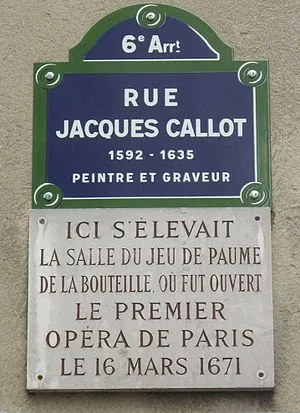
Salle de la Bouteille
A theatre that was originally a tennis court, converted into a performance space in 1671, and served as the first home of the Paris Opera and later the Comédie-Française.
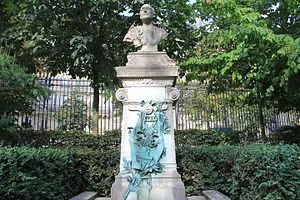
Théodore de Banville
A white marble bust of Théodore de Banville sits atop a pedestal on a base, with steps resembling an altar, representing the poet as a torso-naked figure with a drapery on his shoulder.
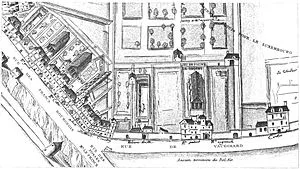
Salle du Bel-Air
A 17th-century opera house, known as the Salle du Bel-Air or Salle du Jeu de Paume de Béquet, which served as the temporary home of the Paris Opera from November 1672 to February 1673.
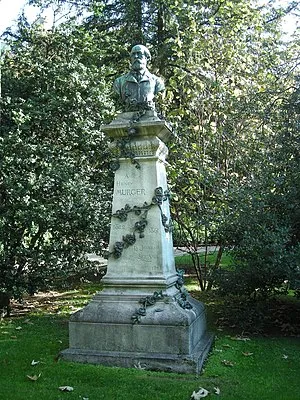
Henry Murger
A sculpture by Henri-Théophile Bouillon, depicting Henry Murger, a French novelist and poet, located in the Luxembourg Gardens in Paris.
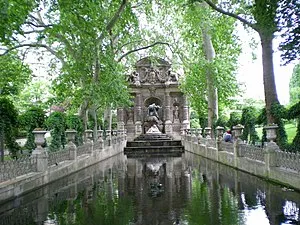
Medici Fountain
A monumental fountain commissioned by Marie de' Medici, built around 1630, featuring statues of mythological figures and a grotto, with a rich history of modifications and restorations since the 17th century.
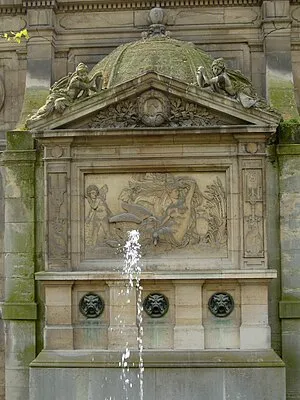
fontaine de Léda
A Parisian sculptural wall fountain built between 1806-1808, designed by Achille Valois, depicting the legend of Leda and the Swan with a central bas-relief panel featuring the mythological scene.
Download App
Experience this tour and many more with our mobile app. Available for iOS and Android.
Audio Preview
Tour Map
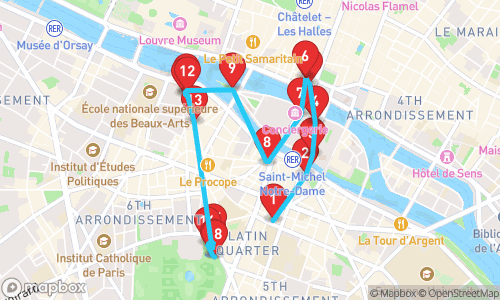
Quick Facts
- ✓GPS-guided navigation
- ✓Professional audio narration
- ✓Offline maps available
- ✓Premium content included
Why Choose This Tour
Expert Local Guide
Narrated by Jenny Multilingual, specializing in general tourism
Flexible Timing
Take the tour at your own pace, any time of day
